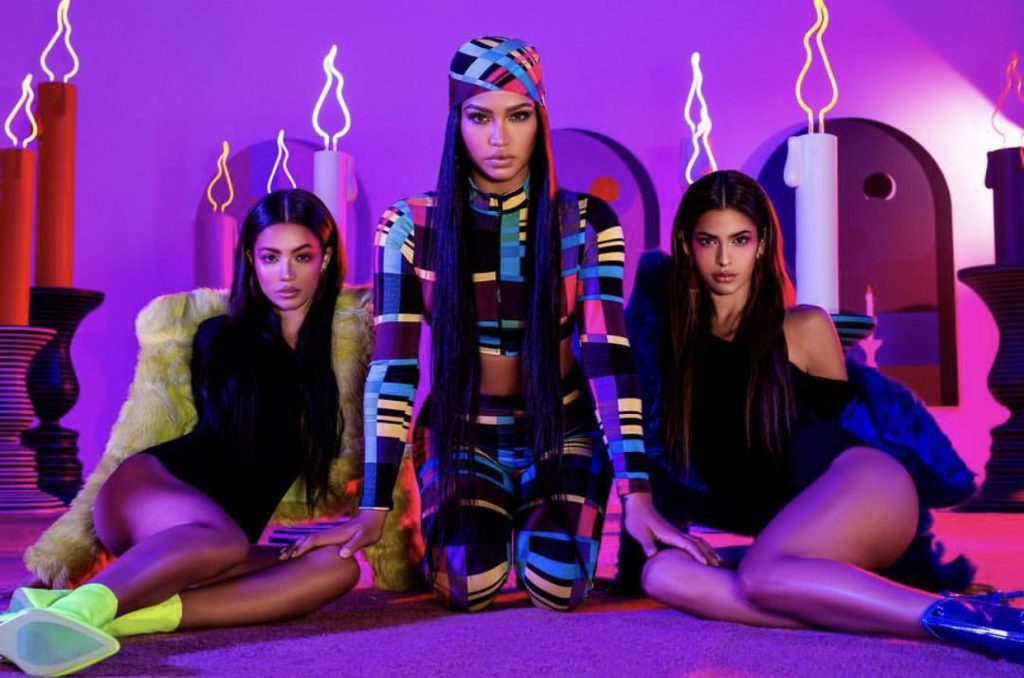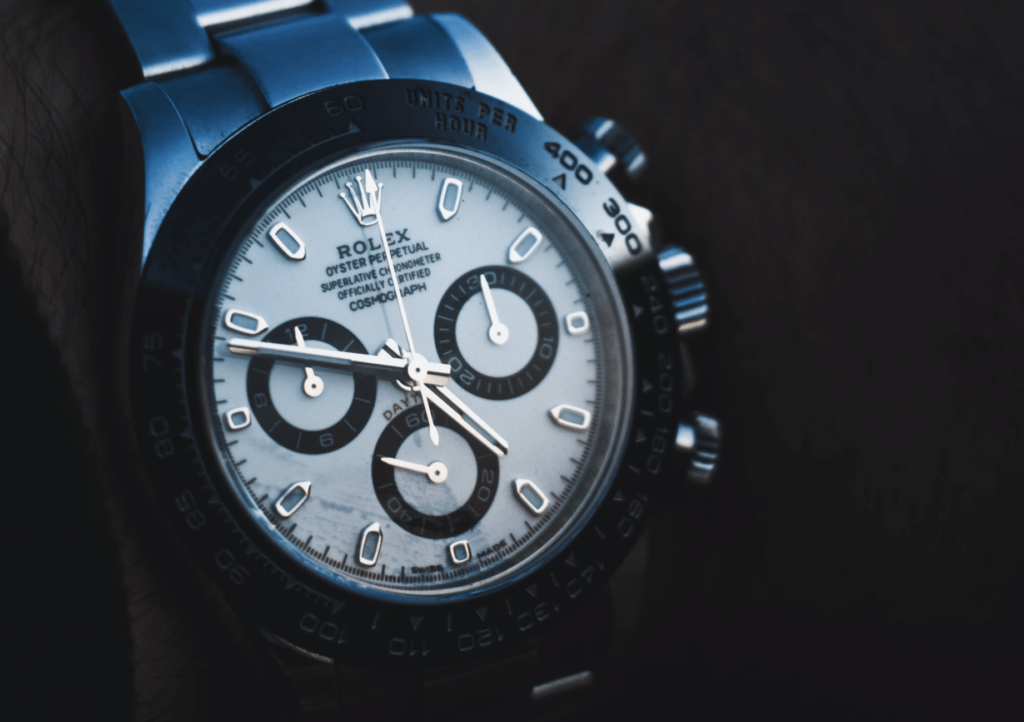Fashion Nova has beaten an antitrust and monopolization case lodged against it by a smaller rival, which accused the fast fashion retailer of engaging in a conspiracy to stifle the growth of its competitors. That is what budding online retailer Honey Bum asserted in the suit it filed against Fashion Nova in a California federal court in December 2020, claiming that the company organized a group boycott with more than a dozen of the vendors it shares with Honey Bum to “unexpectedly” cancel and/or refuse to fill existing Honey Bum purchase orders, and reject new orders on the basis that it is “a threat to Fashion Nova’s profit margins.”
After getting the court to toss out Honey Bum’s monopolization claim under Section 2 of the Sherman Act in March 2021 in light of Honey Bum’s failure to establish that Fashion Nova maintains “market power within a ‘relevant market,’” which is a necessary element in a monopolization claim, the court granted Fashion Nova’s motion for summary judgment on January 6 and dismissed the remainder of the case.
In what makes up the bulk of his order, Judge Gary Klausner of the U.S. District Court for the Central District of California dismissed Honey Bum’s antitrust claim under Section 1 of the Sherman Act, which prohibits contracts and/or conspiracies “in restraint of trade.” In order to make its claim, Judge Klausner held that Honey Bum needed to show the existence of an agreement that is an “unreasonable restraint of trade,” but failed to sufficiently do so.
In the motion for summary judgment that it filed last year, Honey Bum alleged that Fashion Nova ran afoul of the law by “pressur[ing] various vendors to refuse to sell to Honey Bum,” prompting the vendors to then “agree with each other to stop doing business with Honey Bum,” creating a three-part “hub-and-spoke” conspiracy consisting of a dominant purchaser, competing distributors, and a horizontal agreement among those competing distributors. Honey Bum argued that this arrangement was unreasonable per se, thereby, relieving it of having to establish an anti-competitive effect.
Unfortunately for Honey Bum, as Judge Klausner noted, the Supreme Court has held that group boycotts are only unreasonable per se when they involve horizontal agreements among direct competitors, which is not what happened here. According to Judge Klausner, Honey Bum’s evidence of such alleged horizontal agreements – namely, emails showing that between August 2017 and May 2019, certain vendors told Fashion Nova that they would no longer do business with Honey Bum, warranties that they allegedly made good on – does not “create a genuine dispute that the vendors entered into any horizontal agreement.”
Moreover, the court found that a reasonable jury could not infer that there was an agreement in place between the individual vendors to boycott Honey Bum, and that Honey Bum failed to exclude the possibility that the vendors acted independently. In fact, Judge Klausner stated that the evidence actually “supports an opposite finding – that each vendor independently agreed to the threats that Fashion Nova levied against them individually.”
While the court did recognize that Fashion Nova “created the vendors’ parallel conduct to boycott Honey Bum by coercing them to individual enter vertical agreements with [it],” and that “such conduct may be anti-competitive – and perhaps even violate antitrust laws,” it “does not suggest that the vendors illegally agreed among themselves to restrain competition,” which is what Honey Bum needed to show to support its antitrust claim on a per se basis.
The court similarly sided with Fashion Nova in regard to Honey Bum’s tortious interference claims, and thus, granted Fashion Nova’s motion for summary judgment in its entirety.
In its complaint last year, Honey Bum argued that due to the critical nature of maintaining a local supply chain in order to “quickly produce clothing to meet a retailer’s specific needs” in furtherance of the fast fashion retail model (sometimes “in the matter of a few days”), it was damaged, potentially to the tune of millions of dollars, by Fashion Nova’s allegedly “monopolistic and anti-competitive” tactics. More than that, Honey Bum – which argued that its entrance into the online fast fashion market would “have helped diversify customers, increase supply outlets and reduce dependence on Fashion Nova” – claimed that Fashion Nova’s “conspiring and/or contracting to impose restraints on trade” by way of agreements with various vendors “has injured the market for Los Angeles-sourced fast fashion more generally.”
Other Claims of Anti-Competition
Recent competition claims in the retail space are not limited to Fashion Nova … or Amazon, the latter of which has faced (and continues to face) probes on antitrust grounds, including in the U.S., namely from the Lina Khan-led Federal Trade Commission, and in the European Union.
Chanel, for example, is currently facing off against anti-competition counterclaims lodged against it under the Sherman and Donnelly Acts by The RealReal (“TRR”), which has argued in response to the trademark suit that Chanel against it that the French luxury goods brand has “attempted, acquired, and maintained monopoly power” in the “relevant markets” – namely, the markets for “top tier investment grade handbags and hold-value handbags” – by way of an ongoing scheme to “impair the growth and development of innovative resale rivals like TRR who threaten Chanel’s dominance.”
Chanel has since argued that the market share figures that TRR alleges (which range from 30 to 50 percent) “are insufficient as a matter of law to establish an actual monopolization claim,” and even if they were, Chanel states that it is “entirely implausible that [it] possesses even a 30 percent share in a market that includes not only every seller of the relevant handbags – such as Gucci, Prada, Hermes, Louis Vuitton, Givenchy, Ferragamo, Balenciaga, Céline, Burberry, Christian Dior, Saint Laurent, Valentino, Fendi, Versace, and Coach, to name but a few – but also every reseller of such handbags nationwide.” In a still-pending motion to dismiss, Chanel is seeking to get TRR’s competition-centric counterclaims tossed out.
Beyond that, in a couple of affirmative defenses that it lodged in response to the trademark infringement and dilution suit filed against it two years ago by AirWair, Shein claims the Dr. Martens owner is actively aiming to limit “legitimate competition” for Dr. Martens’ famed boots by “asserting ever-broadening rights pursuant to its limited registrations and purported common law rights.” In particular, Zoetop argued in its October 2021 answer that AirWair is alleging infringement in instances when Zoetop has not used all of the critical elements of” Dr. Martens’ boot design trademark, such as in cases where the Zoetop brands have used “a non-yellow stitching” – as opposed to AirWair’s famous yellow stitching – or where the Zoetop products have “a sole of a single color” when AirWair’s rights extend to boots with two-tone soles.
At the same time, Zoetop asserts that AirWair has “attempted to use its purported trademarks and trade dress in an overly broad manner for anti-competitive purposes to drive competitors out of the market.” That case is still underway in federal court in California.
Epic Games and An Open Door?
The existence – and relatively swift resolution of – the Fashion Nova case, and the competition-centric claims made in response to the lawsuits initiated by Chanel and AirWair are noteworthy if for no other reason than these sorts of matters are not filed with too much frequency, especially in the fashion space (compared to say … tech).
This is likely due to the fact that these cases are often difficult – and prohibitively expensive – to win, prompting brands that may be tempted to wage such actions to weigh their likelihood of success against the resources needed to try. Among other things, antitrust claims routinely comprise “sprawling, costly, and hugely time-consuming undertakings” in terms of discovery (and defenses). And as Chanel asserted in a recent filing in connection with TRR’s competition counterclaims, such cases call on the anti-competition alleging party to meet certain high bars, such as proving monopoly power, unlawful “anticompetitive” or “exclusionary” conduct, the “existence of a well-defined relevant product market and relevant geographic market,” and actual antitrust injury and damages resulting from the allegedly anticompetitive acts.
As Epic Games learned when it filed an antitrust suit against Apple in 2020 after Apple pulled its Fortnite game from the App Store, successfully defining the relevant market, alone, is a difficult feat. The court rejected Epic’s claim that the market at issue in the case was isolated to the iOS App Store, where Apple commands a 100 percent monopoly. In its defense, Apple argued that the market was much broader, and consisted of all digital video gaming.
In a decision in September 2021, Judge Yvonne Gonzalez Rogers of the U.S. District Court for the Northern District of California disagreed with both parties’ market proposals, and held that the appropriate market actually consisted of all mobile digital gaming transactions. In doing so, she determined that Apple does have market power, and that its “app distribution restrictions do have some anticompetitive effects.” However, with the court’s chosen market definition in mind, she rejected Epic’s arguments that Apple maintains an unlawful monopoly under both California’s Cartwright Act and the federal Sherman Act.
Reporting on the outcome of the case at the time, Fenwick & West attorneys Steve Albertson, Thomas Ensign, and Mark Ostrau asserted that despite Epic’s loss, “The district court left the door open for future plaintiffs to bring similar claims, suggesting that different evidence might lead to a different outcome on the same questions.”
This might prove meaningful for fashion brands that are looking to put their bigger competitors in check, but chances are, such cases will remain relatively rare.
The case is Honey Bum, LLC v. Fashion Nova, Inc., 2:20-cv-11233 (C.D.Cal.)











